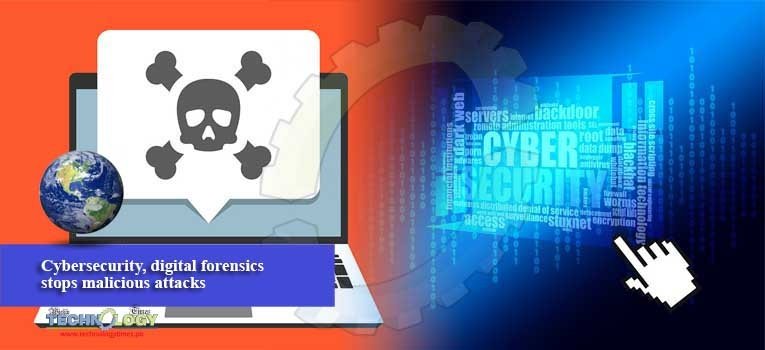Cybersecurity and digital forensics are instrumental in creating effective defense, analysis and investigation of cybercrime. While both focus on the protection of digital assets, they come at it from two different angles.
 Let’s see how the two practices complement each other to stop malicious attacks and track down the criminals involved.
Let’s see how the two practices complement each other to stop malicious attacks and track down the criminals involved.
The practice of digital forensics includes the collection, examination, analysis and reporting of incidents involving, computer, network and mobile devices. Digital forensics professionals work across both the public and private sectors, and their role usually involves:
- Conducting data and security breach investigations;
- Recovering and examining data from computers and electronic storage devices;
- Dismantling and rebuilding damaged systems to retrieve lost data;
- Identifying additional systems compromised by cyberattacks and compiling evidence for legal cases.
The end goal of a digital-forensics investigator is to identify the perpetrator of a cybercrime, obtain hard evidence against the perpetrator, and for that evidence to be admissible in a court of law.
This means cybersecurity agents can take control of the drone, lowering its descent and minimizing the threat it presents. By preserving the drone as opposed to simply destroying it digital forensics investigators can analyze it and extract information about the drone’s origin, flight path and access any images or video recorded by the drone.